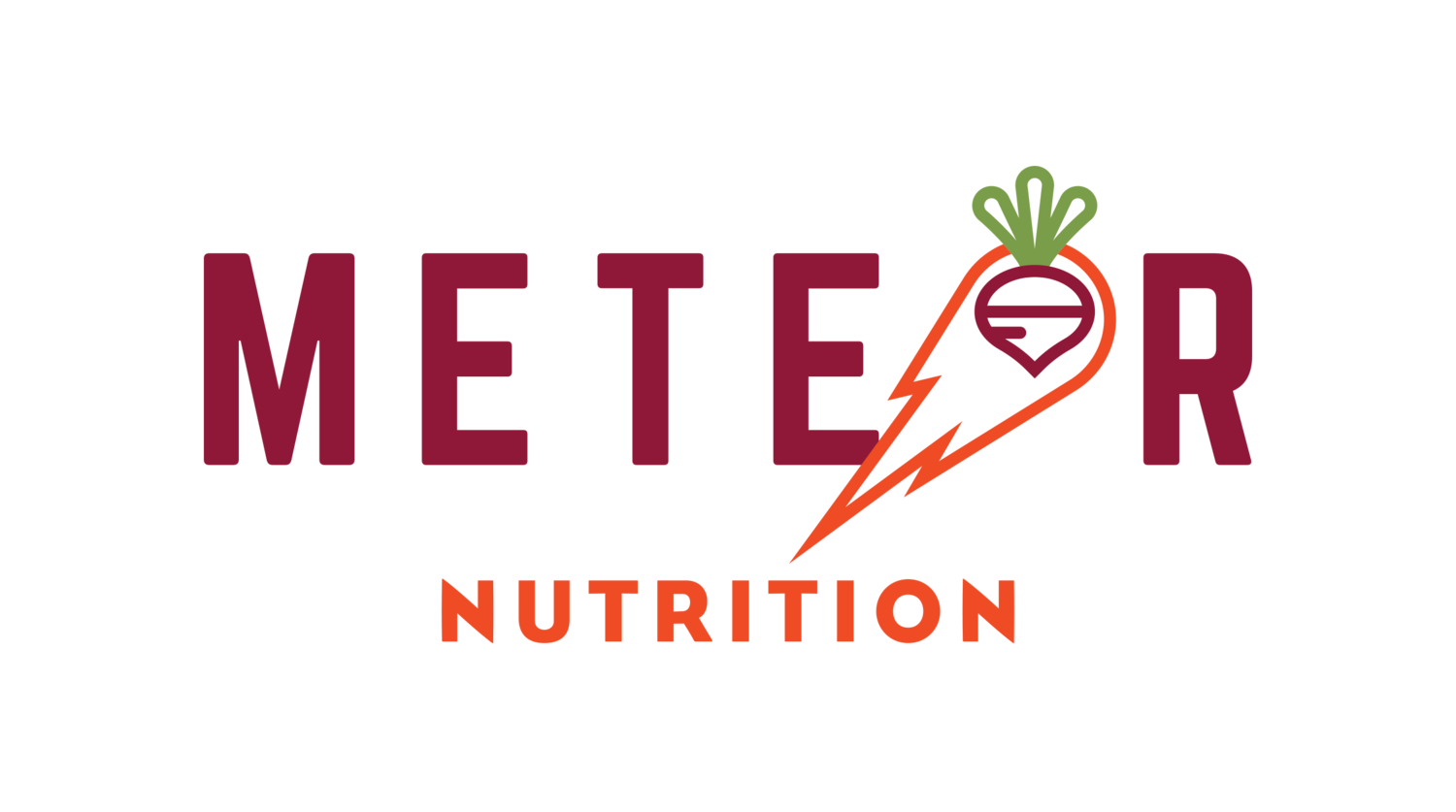What Does It Mean To "Look Like a Runner"?
It can be a comment from another athlete, sizing up the competition at the starting line: “Sure, she’s run some fast times, but she doesn’t look like a runner. We don’t have to worry about her.”
It can be a thoughtless response from a new acquaintance: “Wow, you run? That caught me off-guard. You don’t look like a runner.”
It can even be a well-meaning statement from a coach or parent: “He’s performing well, but could stand to lose a few pounds. Then he’d really look like a runner”.
And, after hearing it from others, it can be a thought engrained in an athlete’s own mind: “I know I could break that PR if I looked like a runner”.
So, let’s talk about what it means to “look like a runner”. If you’ve said it about others, this post is a space to learn and grow. If you’ve said it about yourself, this post is a space to reflect and heal. We’ll highlight some not-so-nice outcomes of tying aesthetics to performance, then share strategies to build our bodies up and stop breaking them down.
What does a runner’s body look like?
Do you run?
Do you have a body?
Congratulations! You are the proud owner of a runner’s body. It doesn’t matter if you’re carrying a few pounds that you’d like to lose, or if you aren’t running the same paces you ran in high school. It doesn’t matter if the comments above have been directed at you. Let’s break the myth that a runner’s body should look a certain way. Check out the crowd at any race, from your local 5k to an elite marathon. Chances are, you’ll see a range of shapes and sizes crossing the finish line.
Does my weight impact my performance?
Let’s start by acknowledging the existence of physics. It’s true that a lighter object moves faster, when the same power output is applied. But as a life-long runner and sports dietitian, I’ve seen “race weight” calculations fall flat in the context of real-life. What’s going on? Well, “lighter is faster” fails to address the complexities of human athletes. In order to perform, we need calories to provide fuel. In order to lose weight, we need to be in a calorie deficit. This means consuming less fuel than our bodies burn. If an athlete shows up to the starting line underfueled after a long period of calorie restriction, it’s often impossible to achieve the same power output. This means faster fatigue and WORSE performance. It also means increased risk of injuries and illness. Last time I checked, that’s NOT the goal of “race weight”.
So, losing weight won’t improve my performance?
This is the part where I encourage my clients to question their goals. Do you want to focus on your APPEARANCE, or your PERFORMANCE? Are you aiming for a chiseled six-pack, or a new PR? For most runners, these outcomes require different approaches. If you’re interested in a deeper discussion of sports nutrition vs. dieting, check out this post. To keep it simple, lean bodies are not a direct predictor of race times. Last time I checked, runners don’t cross the finish line in order from lowest to highest body fat percentage. When we hyper-focus on getting lean, we tend to neglect the HUNDREDS of other factors that influence performance; I’m talking about sleep, stress, training, recovery…the list goes on.
But (insert professional runner here) is lean and fast.
Keep your eyes on your own plate! Each person has a different genetic blueprint that influences their body composition. Some people perform best at a higher body fat percentage than others. It’s possible that achieving the “runner’s body” you envision could leave you feeling depleted.
Body fat is NORMAL and NECESSARY. It protects muscles and joints from injuries. It provides a back-up battery to keep us fueled. It insulates essential organs, keeping us warm on cold winter runs. Each person requires a different amount to be strong, healthy, and resilient.
I encourage my clients to steer clear of comparison. It’s possible that the picture-perfect photo on your favorite athlete’s Instagram grid doesn’t reflect her true form. It’s also possible that this athlete’s body changes throughout their training cycle. There are tons of variables, and none of them are worth your precious time and attention.
So, how do I achieve MY runner’s body?
Since we know that “looking like a runner” means something different to each athlete, let’s talk about how to hit the “race weight” that’s right for you.
Most of the time, optimal health and performance are NOT achieved at an athlete’s lowest weight. True “race weight” is that sweet spot where the body feels energetic and strong. Most runners reach their fastest, strongest “race weight” when nutrition and training are on-point. It requires taking in enough fuel before, during, and after exercise. There’s no calculator that can predict YOUR optimal “race weight”, but I’ve found that it tends to change through the years. Focus on the variables you can control, and let go of the numbers. I promise it’s worth it.
Let’s add “looking like a runner” to the list of things we’re leaving in 2020.
If you’re an athlete, shift that focus toward consistent fuel, training, and rest. If you’re a coach, provide feedback on performance instead of appearance. If you’re a member of a team, set an example for your fellow athletes. Spend less time bashing your body, and more time focusing on the things that matter. Reach out to a professional for fueling guidance, if needed. Chances are, your fueled body will also be your fastest body.
Need help navigating this? Great news- we work on this in my 1:1 nutrition coaching program!
